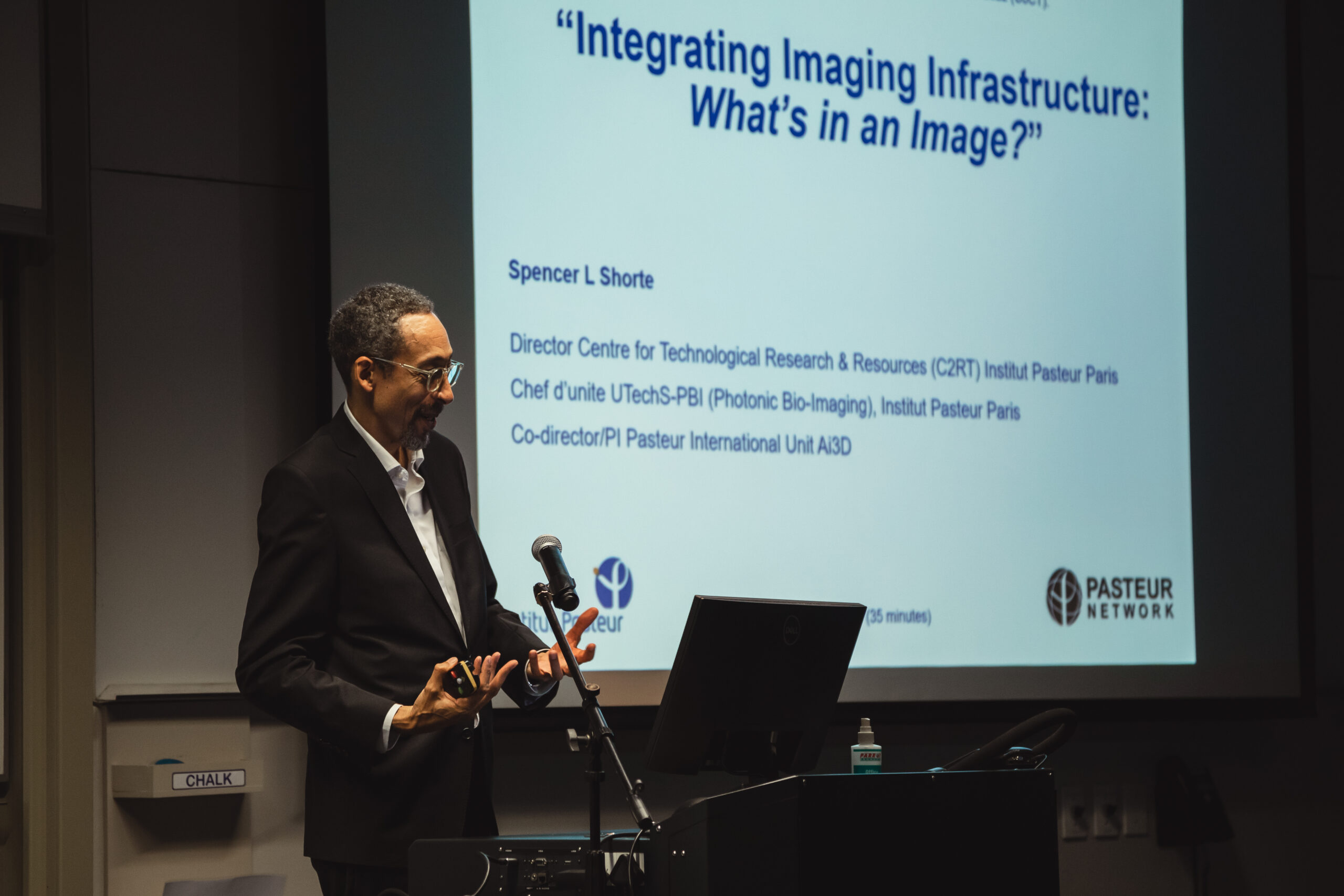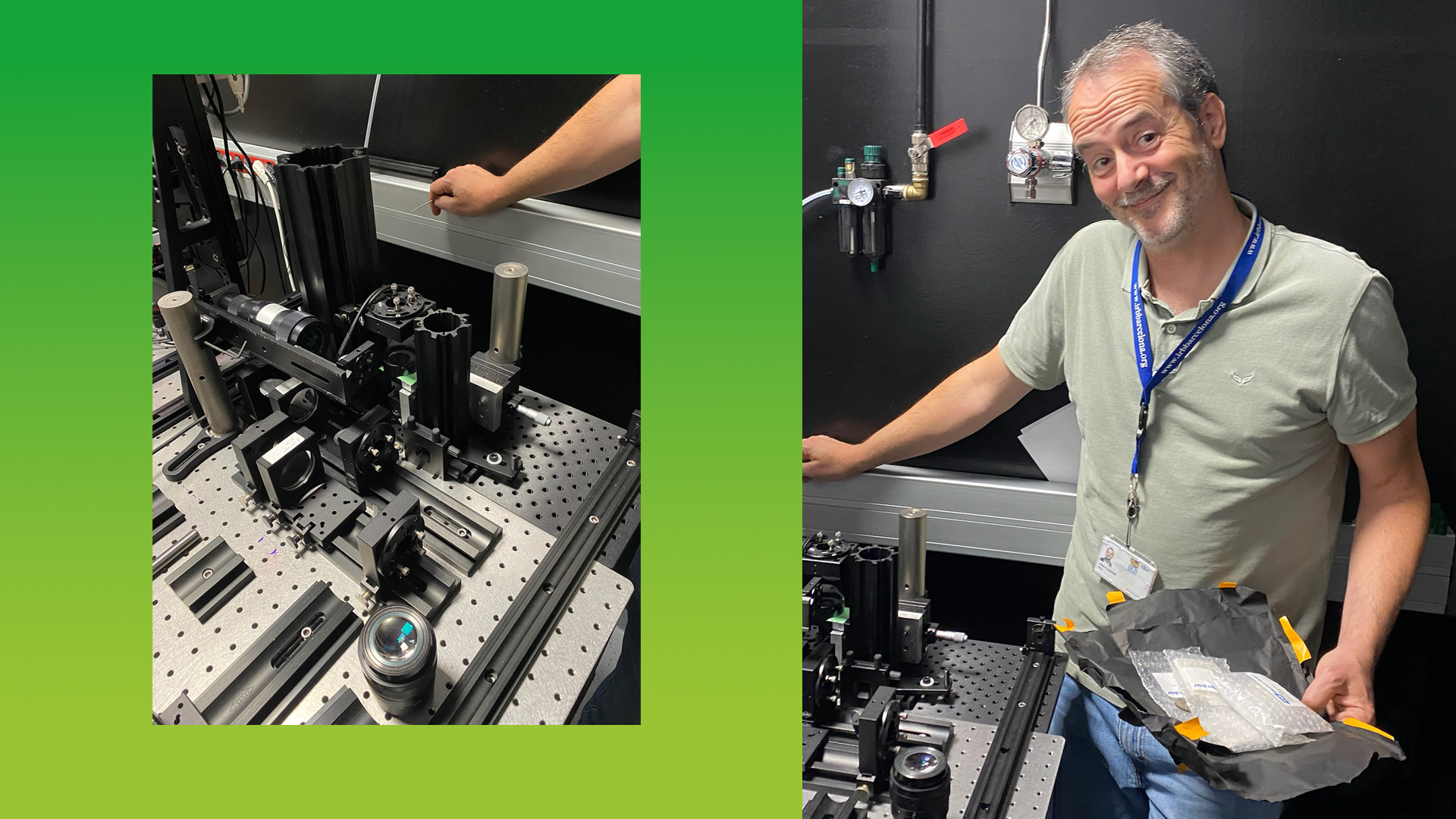
Understanding and Fighting Cancer: Applications of Virtual Histology at the Phase Contrast Imaging Node in Trieste
Euro-BioImaging is organizing an online User Forum on October 14, 2021 from 14:00-17:00 CEST. This event will highlight the importance of cutting-edge imaging technologies in support of cancer research and showcase the specific expertise available at our Nodes across Europe through case studies presented in tandem with the research community.
In this brief abstract, learn how the Phase Contrast Imaging Node in Trieste developed a pipeline for the analysis of paraffin embedded soft-tissue specimens using phase contrast micro tomography (microCT) images as a guide for sectioning regions of interest for subsequent histological analysis. Hear this talk and others like it on October 14 at the Euro-BioImaging User Forum.
Applications of Virtual Histology at the Phase Contrast Imaging Node in Trieste
Giuliana Tromba
Elettra - Sincrotrone Trieste
Phase Contrast Imaging Flagship Node
Christian Dullin
University of Göttingen
Diseases are characterized by pathological changes at different scales: organ, tissue and cellular level. Thus, typically foci of the disease (like metastasis) need to be localized and analysed in detail. For this purpose, typically histology is applied – a technique that is highly specific but intrinsically two-dimensional, destructive and evaluation of large specimens tends to be very labor intense. We established a pipeline for the analysis of paraffin embedded soft-tissue specimens based phase contrast micro tomography (microCT) at the SYRMEP beamline of Elettra. With this approach, called ‘virtual histology’, we are able to first perform an overview scan of the entire specimen to focus on a certain region of interest, followed by a localized high-resolution scan to obtain detailed 3D information and to be used to guide the sectioning process to that location. Moreover, we generate a software that allows matching the subsequently generated histological images with the microCT reconstructed data sets.
Our approach allows combining 3D features and specific histological information and whereby refines tissue characterization, moreover it can be performed on archived material and can be integrated into the standard workflow of pathological tissue analysis.
The Phase Contrast Imaging Node located at the SYRMEP beamline of the Elettra laboratory is equipped with imaging setups working with monochromatic or white or pink X-ray beam for planar imaging and microCT in local area or full field mode.
The high spatial coherence of the source allows for an effective application of phase contrast techniques. These approaches are sensitive to the phase shifts produced by the sample on the incoming X-rays and are particularly effective for the study of soft biological tissues, where the conventional technique has strong limitations due to the poor intrinsic X-ray absorption. The most used phase contrast approach is the so-called ‘propagation –based’ imaging, that is simply implemented by positioning the detector at a certain distance from the object. In this modality, micro-CT studies can be performed at different resolution scales, with effective images pixel sizes from 1 µm to 100 µm, according to the sample size and characteristics. The experimental setup is well suited for the application of other phase contrast techniques, like the so-called ‘Analyser Based’ imaging, or the implementation of user instrumentation, i.e. new detectors, in-situ setups, etc.
More news from Euro-BioImaging


